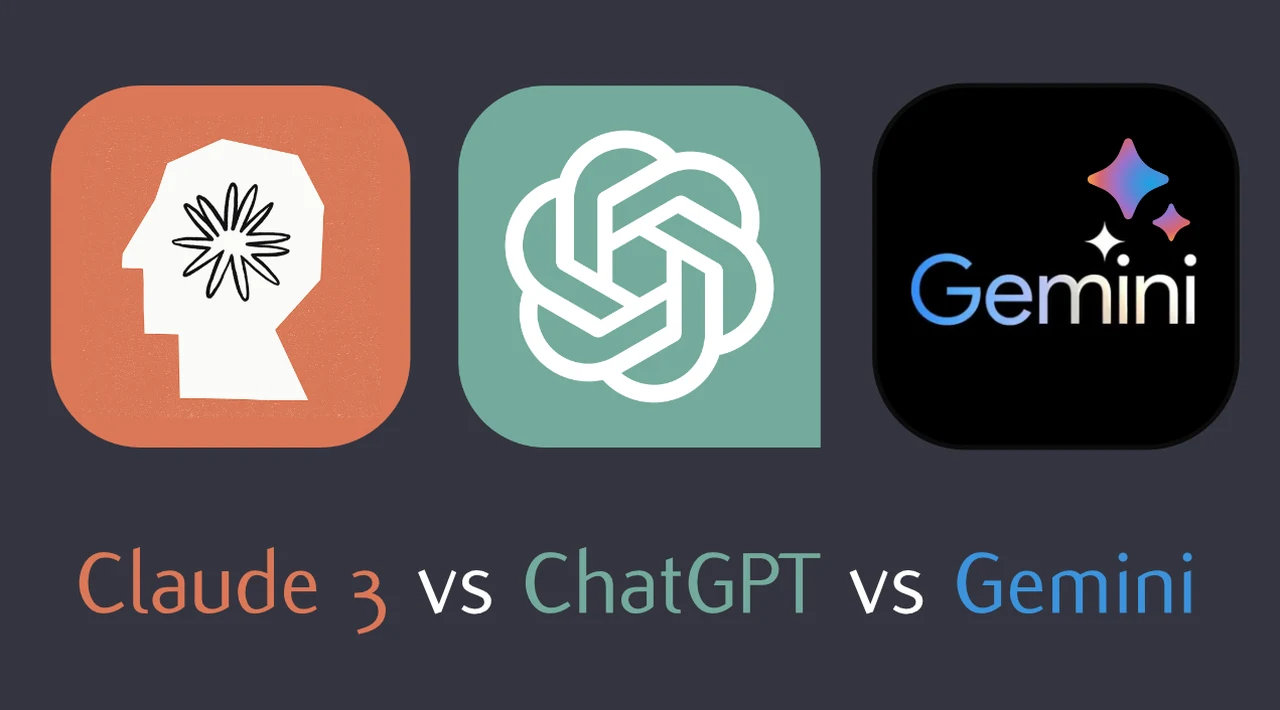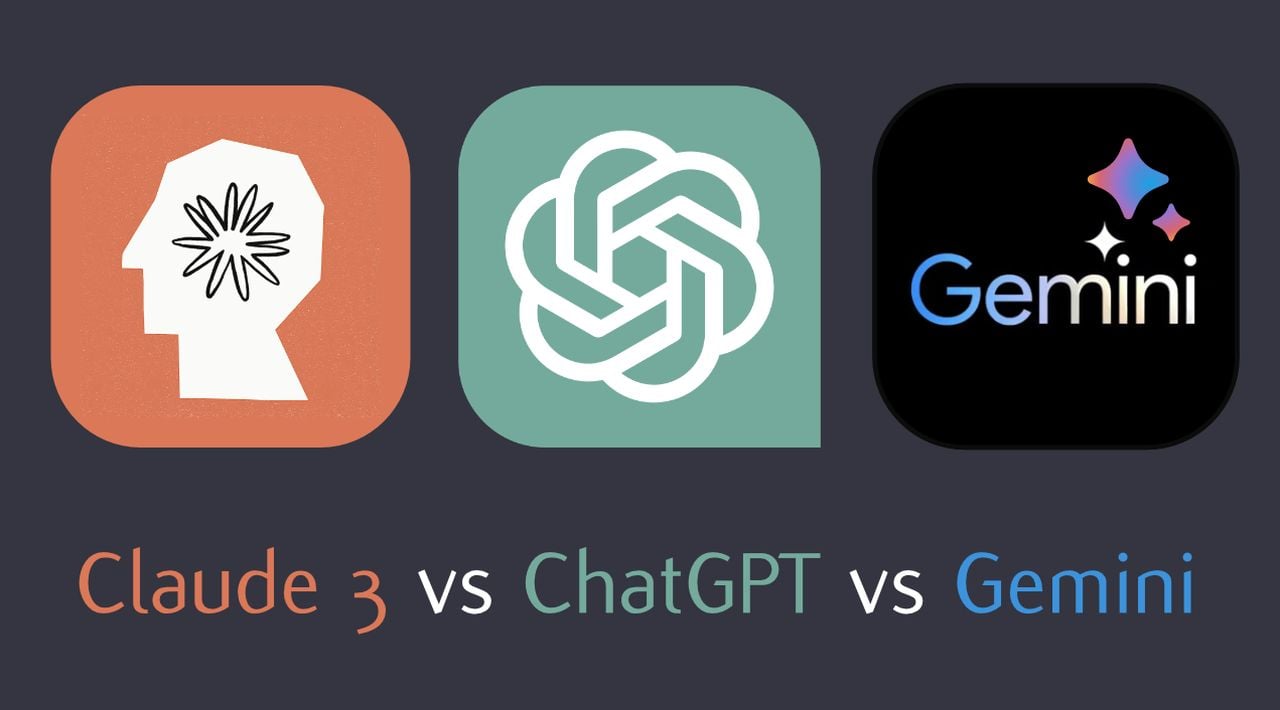
Let’s dive into the world of Claude 3, developed by a company called Anthropic. They’ve created three versions of this model: Haiku, Sonnet, and Opus. Each one is tailored for different uses, with Opus being the most advanced and requiring a subscription. When it comes to benchmarks, which are tests to measure performance, Claude 3 is a standout, particularly in coding tasks. It understands and follows complex instructions better than its competitors, which is a big deal for people who write software.
Features of Claude 3
- Claude 3 AI models surpass benchmarks, outperforming competitors like GPT-4 and Gemini’s 1.0 Ultra.
- The family includes Claude 3 Haiku, Claude 3 Sonnet, and Claude 3 Opus, with increasing intelligence and cost.
- Claude 3 Opus exhibits near-human comprehension and fluency in complex tasks.
- All models show improved analysis, forecasting, content creation, and multilingual communication.
- New vision capabilities allow processing of various visual formats, aiding enterprise customers.
- Claude 3 models can perform complex multimodal analyses and utilize sub-agents for parallel task execution.
- The models offer near-instant response times, with Claude 3 Haiku being the fastest and most cost-effective.
- Claude 3 models are less likely to refuse prompts and show improved accuracy and recall capabilities.
- Potential applications include task automation, interactive coding, research, strategy, data processing, customer interactions, and more.
- Claude 3’s advanced features and performance set a new standard in AI, indicating rapid progress in the field.
But Claude 3 isn’t just about words. It has a unique ability to work with images, too. This means it can understand and create content that includes pictures, which is a step forward for AI and opens up new possibilities for different industries. When it first came out, Claude 3 could handle a huge amount of information at once, and there are plans to increase this capacity even more. This is exciting because it means Claude 3 could become even more versatile and useful in the future.
Claude 3 vs ChatGPT vs Gemini
Here are some other articles you may find of interest on the subject of Anthropic AI models :
Claude 3
- Claude 3 has been hailed as a significant advancement over its predecessors and competitors, with notable strengths in optical character recognition (OCR), nuanced understanding of complex queries, and improved performance in benchmarks. For example, it accurately recognized license plate numbers and a barber pole in an image, indicating superior vision capabilities and context understanding. Despite this, Claude 3, like its competitors, showed limitations in detecting subtle details such as weather conditions in an image. Claude 3’s benchmarks suggest it outperforms Gemini and ChatGPT in many areas, particularly in coding and OCR tasks.
- ChatGPT (GP-4) offers robust conversational capabilities and a broad knowledge base. While it may not excel in OCR tasks as Claude 3 does, it remains a versatile tool for a wide range of text-based applications, including writing, summarization, and question-answering. ChatGPT’s conversational nature makes it highly adaptable and user-friendly, though it sometimes lags in specific technical benchmarks compared to the latest Claude 3.
- Gemini 1.0 Ultra and the unreleased Gemini 1.5 show strong performance in vision tasks and general AI capabilities. However, the introduction of Claude 3 has put Gemini’s capabilities into perspective, particularly in areas like OCR and context-specific queries. While Gemini 1.5 Pro shows improvements over its predecessor, it still faces challenges in competing with Claude 3’s advanced reasoning and OCR capabilities.
Coding Performance
When it comes to doing tasks, Claude 3 is impressive. In coding, it’s not just accurate; it also has style. It can understand and execute detailed programming tasks, which is a huge help for developers. In writing, whether it’s technical documents or creative stories, Claude 3 can produce high-quality content with ease.
Specialization Areas
- Claude 3 demonstrates significant advancements in handling complex queries and specialized tasks such as OCR and reasoning with images. It comes in three models—Haiku, Sonnet, and Opus—each tailored to different levels of complexity and use cases. This stratification allows users to choose the most appropriate model for their specific needs, from simple queries to complex analysis.
- ChatGPT excels in creating conversational AI that can engage in detailed discussions, answer a wide range of questions, and generate human-like text. Its strength lies in its adaptability across various domains, though it may not match Claude 3’s capabilities in vision-related tasks or the specific benchmarks where Claude 3 leads.
- Gemini has been a strong contender in blending textual and visual information processing. While it continues to perform well in vision tasks, the emergence of Claude 3 has highlighted areas for improvement, especially in tasks that require a deeper contextual understanding and precision.
Request Performance
Another point where Claude 3 shines is in its confidence. It has lower refusal rates, which means it says it can’t accomplish certain tasks less often than other models. This shows that it’s more capable of handling a variety of requests. While all this sounds promising, there’s more to come. Experts are planning to do a detailed comparison between Claude 3, GPT-4, and Gemini Ultra. This will give us a clearer picture of how each model performs in different situations, helping you decide which one would be the best fit for your needs.
Cost and Accessibility
- Claude 3‘s pricing model is designed to cater to both casual users and enterprises, with its premium Opus model requiring a subscription. This approach allows users to scale their usage according to their needs, although the higher cost for Opus reflects its advanced capabilities.
- ChatGPT and Gemini both offer tiered pricing models to accommodate different levels of usage and capabilities. The cost structure of these models typically varies based on API usage, with specific pricing strategies aimed at making these tools accessible while offering scalable solutions for developers and businesses.
Ethical Considerations and Limitations
Each model incorporates ethical considerations and limitations to prevent misuse. Claude 3, for example, has been noted for its low false refusal rates and sensitivity to ethical guidelines, even in challenging scenarios. However, all models, including Claude 3, face challenges in completely eliminating bias and ensuring equitable treatment across diverse queries.
Claude 3 Benchmarks
If you’re interested in learning more about the performance you can expect from the three AI models that make up the Claude 3 family. Check out our previous article which explores the arrival of the new flagship AI and Claude 3 benchmarks released by Anthropic.
As you consider integrating AI language models into your work, keep an eye on Claude 3. It’s already setting new standards and its future developments are expected to further influence how we interact with machines and develop software. Whether you’re a developer, a business owner, or just someone fascinated by AI, Claude 3 is a model to watch. To learn more about the latest AI models released by Anthropic in the form of Claude 3 jump over to the official press release for more details.
Filed Under: Gadgets News
Latest timeswonderful Deals
Disclosure: Some of our articles include affiliate links. If you buy something through one of these links, timeswonderful may earn an affiliate commission. Learn about our Disclosure Policy.

